Idea by
Benjamin Busch
Call for ideas 2016
Berlin Fence Memorial
Berlin Fence Memorial
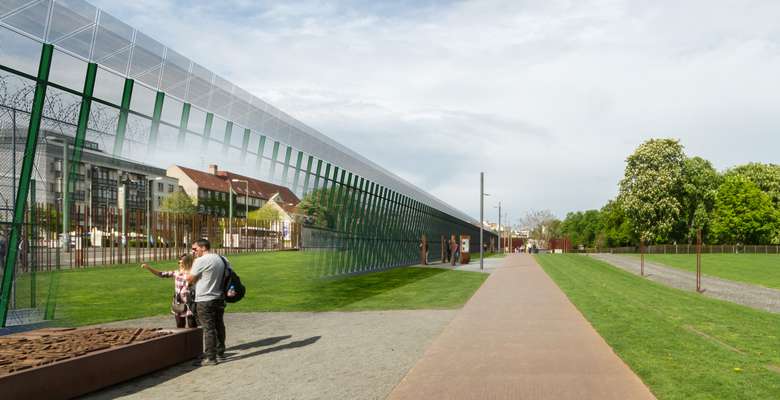
The Berlin Wall of today is not made of concrete; it is made of steel and information. It can be found in the political agreements and economic alliances between states and industry. It can be found in infrastructure space, where embodiments of European power materialize the wall through their active enforcement of EU legislation. The Berlin Wall of yesteryear, an instrument of totalitarian power, has ironically become a symbol of freedom. What has been forgotten — or overlooked — is that the Berlin Wall was not destroyed: it was made obsolete.
The Berlin Fence Memorial recreates the latest established border security technology of the EU inside the former death strip at Bernauer Strasse in Berlin. As a platform for public lectures, discussions, concerts and exhibitions, the Memorial serves as a place of reflection, historical presentation, collective commemoration and individual mourning for those affected by contemporary border protection practices in Europe and around the world.
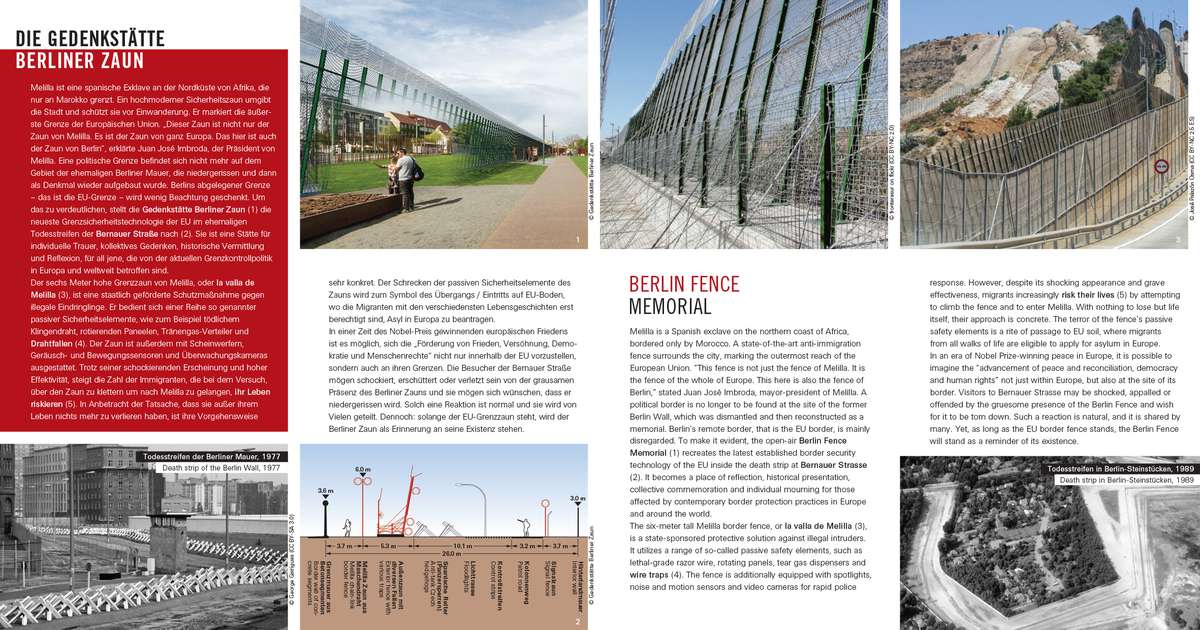
Berlin Fence Memorial Flyer, English/German (Page 1)

Berlin Fence Memorial Flyer, English/German (Page 2)
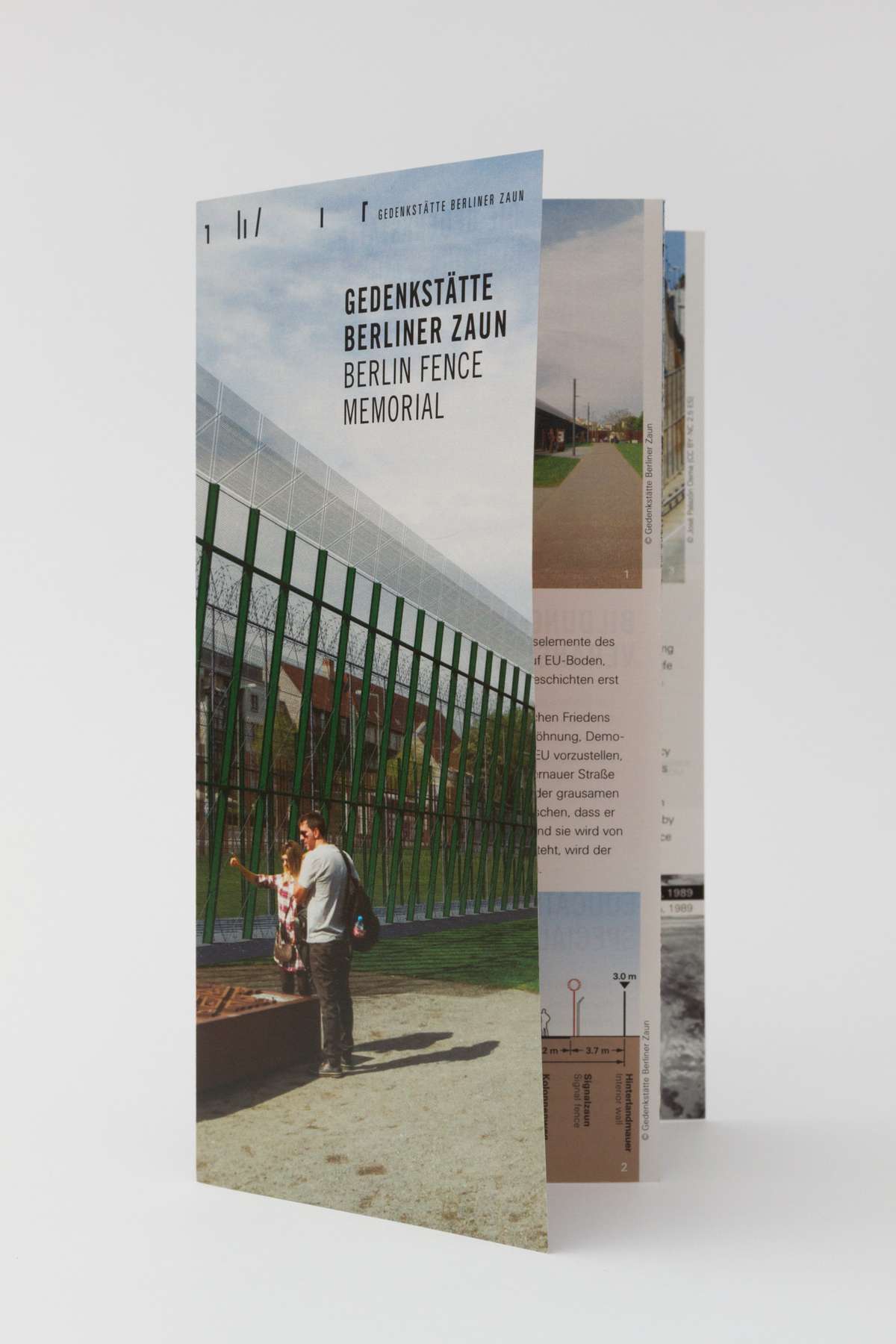
Berlin Fence Memorial Flyer, English/German (Flyer Photo 1)
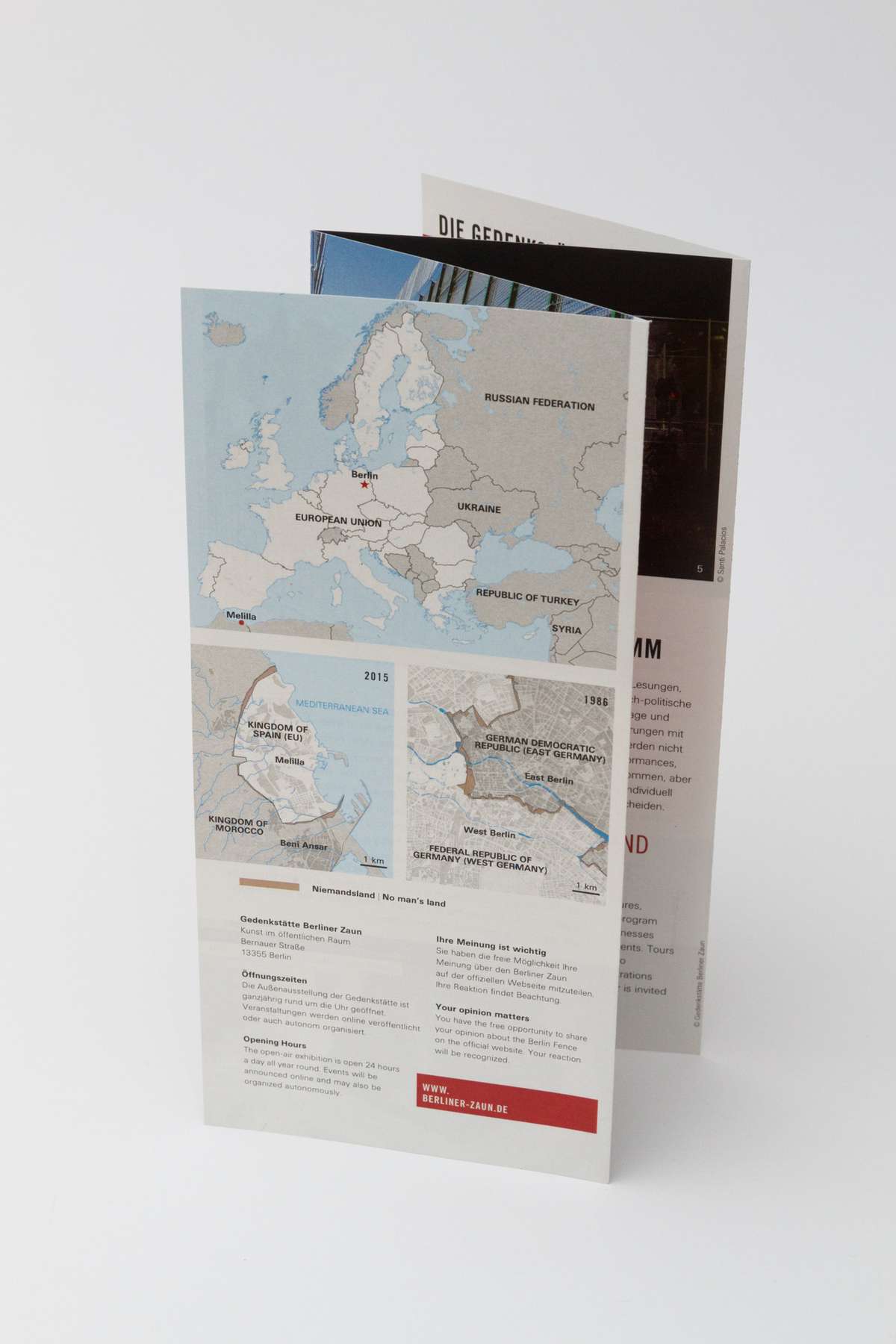
Berlin Fence Memorial Flyer, English/German (Flyer Photo 2)
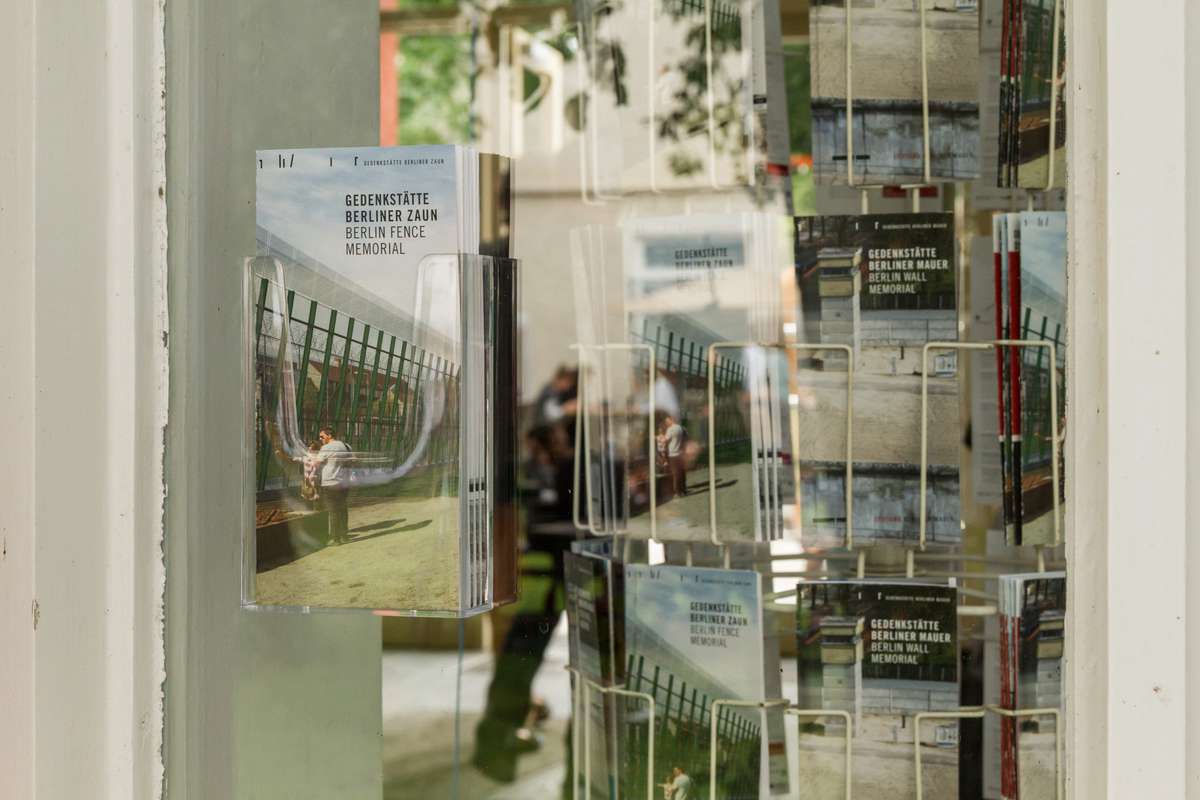
Berlin Fence Memorial Flyer, English/German (Installation View)
Berlin Fence Memorial
Berlin Fence Memorial

The Berlin Wall of today is not made of concrete; it is made of steel and information. It can be found in the political agreements and economic alliances between states and industry. It can be found in infrastructure space, where embodiments of European power materialize the wall through their active enforcement of EU legislation. The Berlin Wall of yesteryear, an instrument of totalitarian power, has ironically become a symbol of freedom. What has been forgotten — or overlooked — is that the Berlin Wall was not destroyed: it was made obsolete.
The Berlin Fence Memorial recreates the latest established border security technology of the EU inside the former death strip at Bernauer Strasse in Berlin. As a platform for public lectures, discussions, concerts and exhibitions, the Memorial serves as a place of reflection, historical presentation, collective commemoration and individual mourning for those affected by contemporary border protection practices in Europe and around the world.
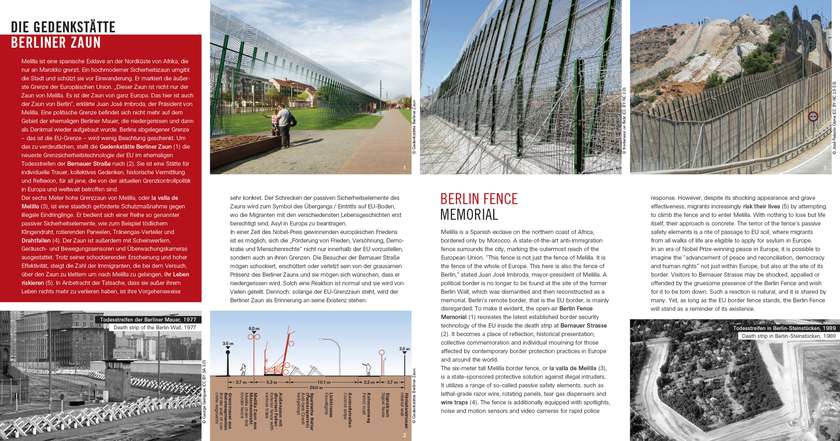
Berlin Fence Memorial Flyer, English/German (Page 1)
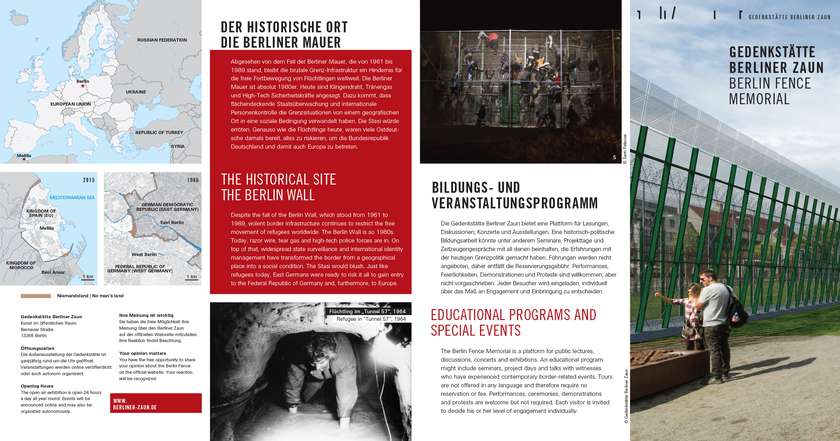
Berlin Fence Memorial Flyer, English/German (Page 2)
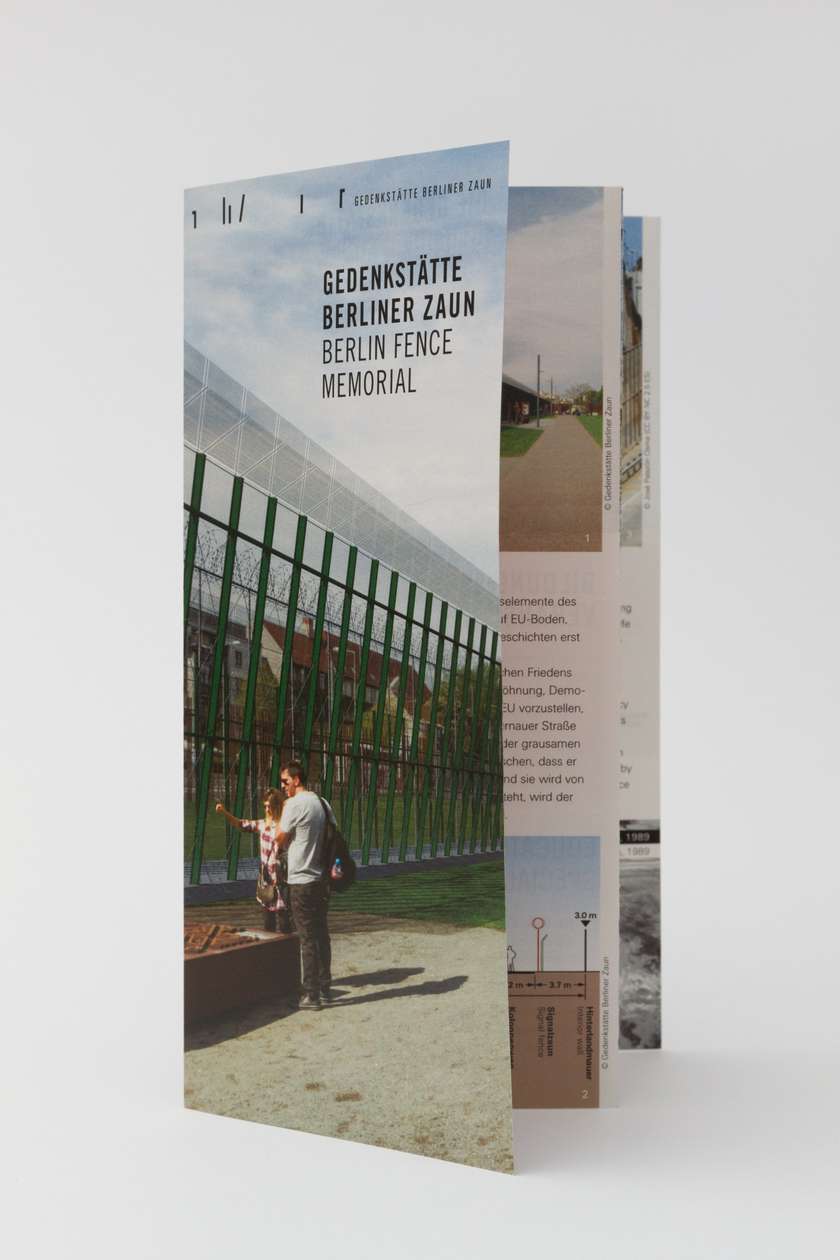
Berlin Fence Memorial Flyer, English/German (Flyer Photo 1)

Berlin Fence Memorial Flyer, English/German (Flyer Photo 2)
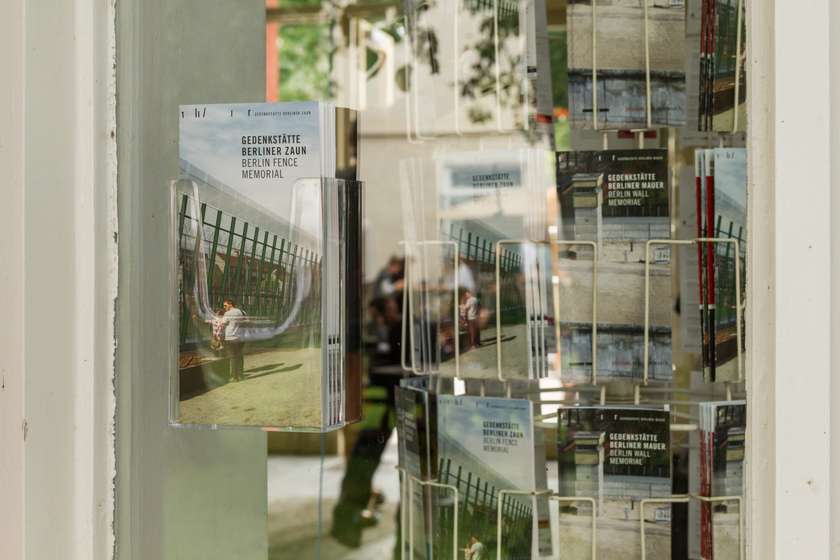
Berlin Fence Memorial Flyer, English/German (Installation View)